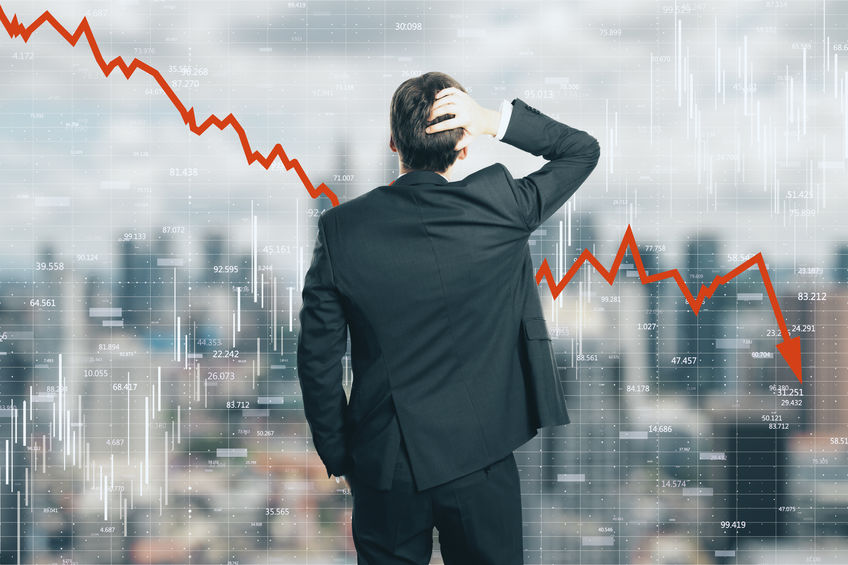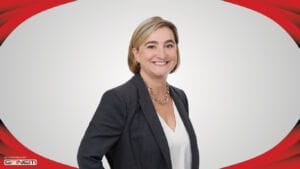Inflation has been absent from the economic scene for decades. Now, there is a growing concern that inflation will increase significantly, hindering economic growth and risk-based asset prices. Historically, the economy and markets have a love/hate relationship with inflation. While some inflation is good for the economy, allowing companies to increase prices and wages, unexpected or spiking inflation can cause consternation in the financial markets.
READ ALSO: As Arizona economy rebounds, are big problems looming?
We expect to see rising inflation due to several factors:
1. Anchoring effect. Year-over-year inflation may be materially higher for several months since the reference point, early 2020, was a period of significant deflation due to the pandemic. The Consumer Price Index (CPI) was 0.3% in April of 2020. In April 2021, year-over-year inflation was 4.2%.
2. Supply chain disruptions and shortages. The global pandemic shut down the economy and created bottlenecks as economies reopened and demand increased. However, these issues should resolve over coming months.
3. Surging demand due to stimulus. Massive stimulus around the world, along with pent up demand and a COVID-19 vaccine, gave consumers the ability and willingness to consume. In the second quarter of 2020, personal consumption declined by 33.3%. In April of 2021, consumption was up 10.7%.
Good Inflation
“Good inflation” is considered steady, moderate increases to the inflation rate that occur due to an expansion of economic activity. When an economy is emerging from a recession (as we are now), it is not unusual for the demand for goods and services to expand faster than the system’s ability to produce those goods and services. In this type of scenario, inflation will begin to rise after a period of rapid economic expansion – such as we’ve just experienced with the re-opening of our economy. In this context, a moderate increase in inflation is considered positive, because it’s simply the after-effect of an accelerating economy.
If inflation moves slowly higher and appears to be controllable, it won’t disrupt the outlook for the economy and financial markets. In fact, the economic expansion should be accompanied by job growth and rising wages, all of which are great for the economy. If, however, inflation pushes higher into a pattern that appears to be volatile and uncontrollable, then we would tumble into the area of “bad inflation.”
Sustainable Inflation
In order for broad measures of inflation to move sustainably higher in the United States, we would need to have wage growth above 3.5% for at least one year. For this to happen, the “employment gap” would have to be closed. Today, there are several million Americans who have dropped out of the labor force, and our unemployment rate, at 5.8%, is still well above normal levels. Until idle workers are brought back into the labor force and the unemployment rate is pushed meaningfully lower, it will be highly unlikely that we will see wage pressure strong enough to generate sustainably higher inflation.
At the beginning of most economic recoveries, job openings and the quit rate increase. In April, there were 9.3 million new job openings, and 4 million workers voluntarily quit their job. The job openings rate and the quit rate are the highest we have seen in more than 20 years. 57% of small businesses are citing difficulty finding qualitied workers, making this issue the most important concern of small businesses. This can cause some temporary inflation as companies compete for employee talent.
Bad Inflation
Historically, inflation below 4% is typically associated with more stable economic outcomes. Even if inflation rises and interest rates are pushed higher (as we might soon see), as long as inflation remains below 4%, and the Fed response is measured and reasonable, it is most likely that any damage to the markets will be short-term.
For inflation to reach the critical 4% level, we would need to see the following:
• A significant increase in loan demand
• Policymakers unwilling to tighten policy
• Increased costs leading to higher consumer prices
• A permanently tight labor market that leads to meaningful and sustainable wage gains
We think we are in a period of increasing inflation, but that we will remain below the critical 4% level.
The Fed and Inflation
The Federal Reserve would like to see some inflation – the good inflation we outlined earlier. The Fed plays an important role in creating or squashing inflation. In many previous cycles, the Fed has been blamed for allowing the economy to overheat due to overly accommodative conditions that are left in place too long, thus allowing inflation to increase and eventually curb growth. In this cycle, the Fed is implementing a new experiment.
The Fed is openly communicating they are trying to orchestrate a meaningful overshoot with inflation, remaining historically accommodative until we see sustainably higher inflation, well above their long-term target of 2%. We may learn something in this experiment; if the Fed can indeed easily control inflation.
Conclusion
We’re back to the love/hate relationship. The economy welcomes some inflation, contributing to growth, yet dislikes spiking inflation, creating instability. However, in this cycle, monetary growth has not been moderate, it has been unprecedently robust, perhaps temporarily creating an unstable economic situation. We are experiencing broad inflation in the economy and excessive inflation in many industries. We think the inflation caused by monetary growth will subside eventually, being transitory. Furthermore, the inflation caused by supply chain disruptions due to COVID-19 should dissipate rapidly as the global economy completely reopens.
We are in unchartered waters, with no clear historical precedents for our current situation. Inflation is sure to rise, but we cannot be sure about its magnitude. The Federal Open Market Committee firmly believes they can control whatever spike occurs, but they, too, have never dealt with a situation quite like the one we’re facing today.
We believe the most likely outcome is for a short period of strong inflation (perhaps six months or so), followed by a stabilization at slightly higher than normal rates. It could then grind higher during the next few years, forcing the Fed to raise rates. But, we believe the move to higher rates will most likely be controlled and steady, preserving economic stability. The risks are clearly to the upside for inflation, but we are optimistic that the long-term outcome will be manageable.
Eric Kelley is the director of fixed income at UMB Bank.




